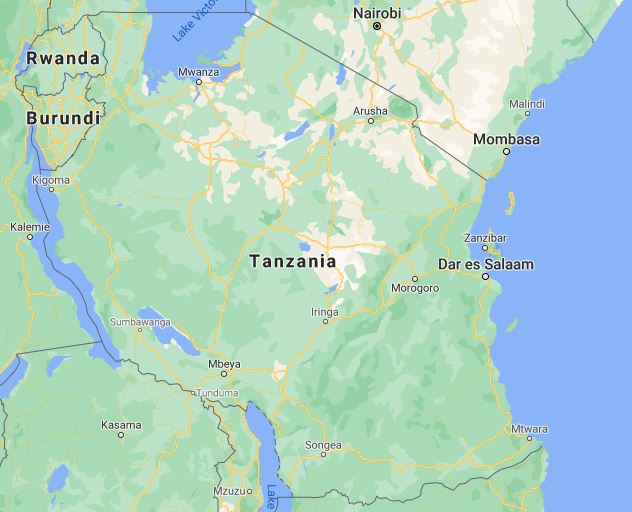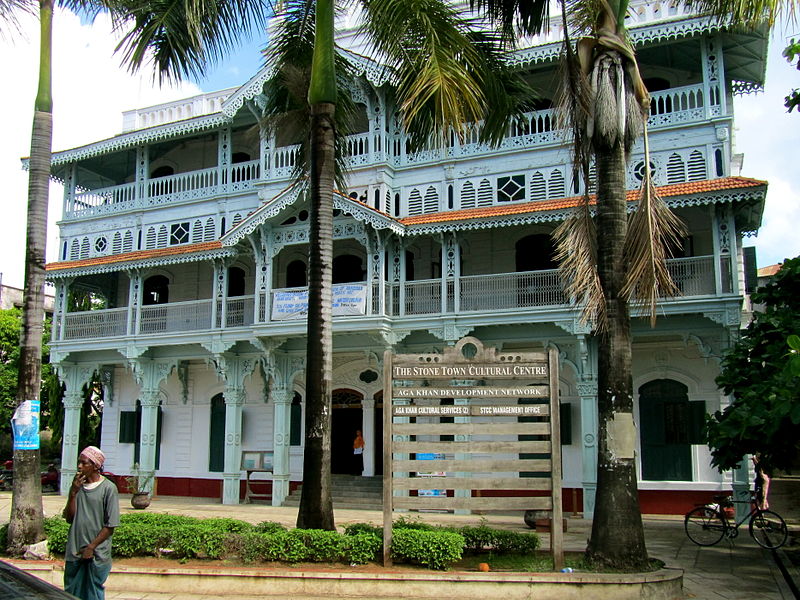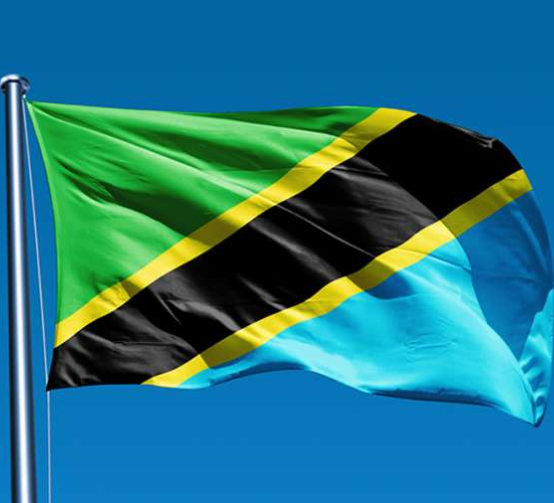Quick Guide to Tanzania
Learn about the history, economy, and culture of Tanzania

Tanzania’s Location
Tanzania in Africa is bordered by the warm waters of the Indian Ocean on the east, Lake Victoria in the north, Lake Tanganyika in the west, and Lake Nyasa in the south. It comprises mainland Tanzania and the islands of the Zanzibar archipelago.

Tanzania’s History
Prior to independence, mainland Tanzania was known as the Trust Territory of Tanganyika. Along with the Zanzibar archipelago, they were British colonies. Tanganyika gained independence in 1961 and Zanzibar in 1963. They merged in 1964 and formed the United Republic of Tanzania. “Tanzania” is a combination of the first few letters of Tanganyika and Zanzibar.

Tanzania’s Economy
With a GDP of US$ 61 billion and a 7% growth rate in 2019, Tanzania’s economy is largely agricultural which accounts for 67% of its workforce and 23% of GDP. Services account for 27% of its workforce and 48% of GDP while manufacturing accounts for 6% of its workforce and 29% of GDP. The population below the poverty line is 26%. Tanzania is known for exporting gold and is known for the mining of the Tanzanite gemstone, endemic to Tanzania.
Tanzania has a population of 62 million people of which 63% are less than 25 years old. Kiswahili or Swahili is the official language while English is the primary language of commerce, administration, and higher education. The literacy rate is 78%. Tanzania’s official capital city is Dodoma while its commercial hub is Dar es Salaam.

Tanzania’s Flag
Tanzania’s flag represents the beauty of the country, its resources, and its people. Green represents its natural vegetation; gold its mineral deposits; black the native Swahili people; and blue Tanzania’s lakes, rivers, and the Indian Ocean.
Tanzania’s National Anthem
The beautiful lyrics of Tanzania’s national anthem start with a call to bless Africa followed by a call to bless Tanzania and to grant its people freedom and unity.
Tanzania’s Language
The people of Tanzania speak Swahili or Kiswahili. “Jambo” is hello. “Kwaheri” is goodbye. “Asante” is thank you. “Upendo” is love. “Inakera” is irritating. “Nzuir” is beautiful. “Furaha” is happy. “Mimi” is I or me. “Wewe” is you. “Nchi” is country.
See if you can string together a few sentences: I love you, your country is beautiful, or you are irritating me. With Google Translate, see if you are right.
Top Things to See and Do in Tanzania
Tanzania can be divided into three areas: North-central Tanzania is home to famous wildlife parks and Mount Kilimanjaro. Western Tanzania is home to Jane Goodall’s beloved chimpanzees along Lake Tanganyika. South-eastern Tanzania is home to the commercial city of Dar es Salaam, the white-sand beaches of exotic Zanzibar Island, and Tanzania’s southern wildlife parks. Most travelers visit north-central Tanzania and Zanzibar Island for a seven to 10-day trip.